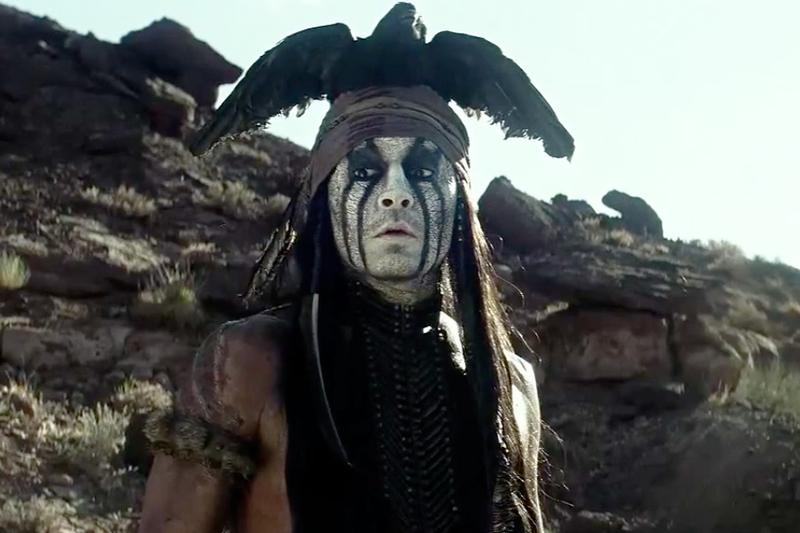Hence, my discussion of the raids and massacres of the Shoshone in the area where Pocatello now is. They did over a dozen of them before the Army finally stepped in and attacked them in return. And gave an early example of why you "Don't bring a bow and arrow to a gun fight". Of course, the Americans and Indians had completely different ways of fighting.
Indian warfare (like that in most of the Pacific Islands) was as much ritual as actual combat. Where at most you might get 100 or so on each side of a "battle". And like in medieval Europe in lore, they would line up. Each side singing the praises of their tribes and their heritage, and their claims on why they are on the right side of the battle. Then often individually start to ride out to "fight".
But here is the thing, rarely to the death. Like jousting, it was largely symbolic. Hence, the "Coup Stick" and "Counting Coup" enter the lexicon. The best warriors would often used blunted lances and axes, instead simply using them to beat their opponent into submission. Many of the best warriors would brag on how they defeated "scores of warriors", and killed none.
But those dirty Americans, they just did not fight fair! No coup sticks, they fought with firearms to kill. And not individually, they would slaughter the entire war band, how unfair! A tribe kills 18 of 20 settlers, and could not understand that in response, the Army would ride in and slaughter half their village. They did not understand for a long time that they were then faced with a very different form of warfare than they were familiar with. But notice, once the tribes started to get the message, the "Indian Wars" ended.
Or we can start with why the Army was originally in on the outskirts of Lakota land in the Dakota Territory in the first place. It was not to "keep the Indians in", it was to keep the whites out of Indian land. Yes, the 7th Cavalry was actually posted outside the reservation, and was aggressive in capturing and returning any settlers that went into Lakota land. Even arresting many and throwing them in jail. And early on, the tribe worked with them in this, going to the Army and telling them where they found campsites of whites and would even lead the Army to them for removal.
But by the mid-1970's, some of the tribe saw that as not enough, and instead of getting the Army to remove them, started to attack the settlers. Which by 1876 we should all know what happened. Quite a few reprisals, and more than a few slaughters by both sides. With almost all for some reason forgetting that the original purpose of the Army there was not to "Protect the Settlers". It was actually to protect the Indians, and to remove and arrest any settlers caught in their land and evict them from Indian Land.
It only turned to war when some of the tribe (not all) decided that killing the settlers would be more effective than having the Army remove them. I can only imagine that EEF then also supports the work of vigilantes. And that instead of arresting people who break the law and taking them to jail, killing them in the street is an acceptable response.
The fact is, most tribes did not care when the "Whites" moved in. Until into the 20th century, the areas were sparely populated, and there was plenty of land for all. And most set up very beneficial relationships with those that had more recently arrived. Heck, look at the term "rendezvous", which is still heard all over the region. There were dozens of them, in Idaho, Montana, Wyoming, California, even up to Alaska. Where are pre-set times each year, the fur trappers, fur buyers, and Indian tribes would agree to meet and do their exchanges at selected locations.
There were dozens of them, normally hosted by the natives and inviting the "Whites" to come in and trade with them. And the tradition still lives on, both on the Reservations and in the local areas. This shows how welcome in most areas the Whites were. Tribes who were traditional enemies of each other would even agree to stop fighting so members could go to and leave these rendezvous in peace. Of course, warring tribes were kept at opposite sides of the rendezvous, but the idea of a peaceful ceasefire for trade that benefitted all was more important to all of them then their ancient squabbles.
Notice, I once again talk about actual historical events. Not ranting about generic claims with no basis in fact. The Rocky Mountain Rendezvous was one of the most well known. It traveled each year, normally in Wyoming, but also occasionally in Utah and even Idaho once. Where even the Lakota would be welcome into the land of the Shoshone, Blackfoot, or Crow as it was an event of trade, not war. And interestingly enough, the tribe at those in the Rocky Mountain region were most often barred was the Blackfoot. Which is why eventually they were "uninvited" from attending. And the rendezvous were held well away from their lands. They were given smaller ones, where only the fur traders went in and not members of other tribes.


